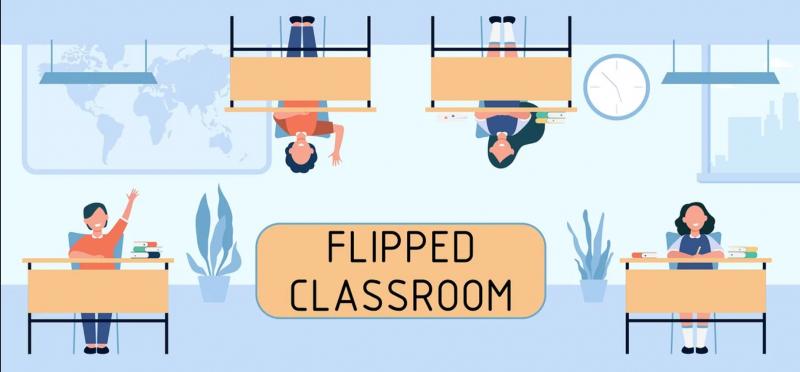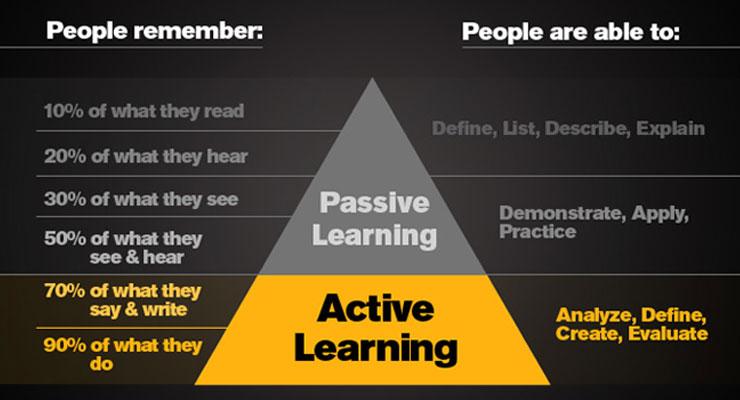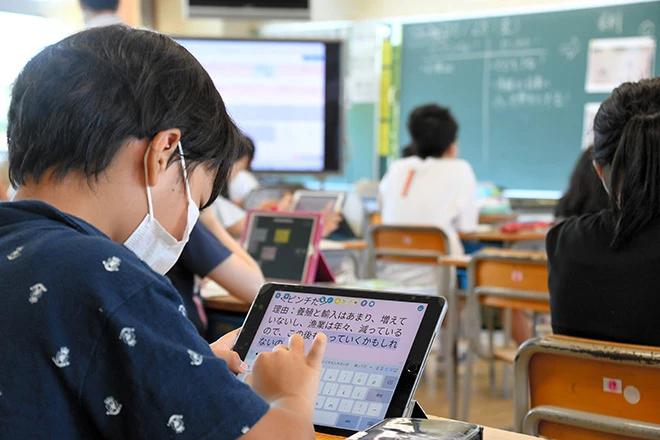Education has been undergoing a rapid transformation over the past few decades. The introduction of technology and the internet has enabled access to largely unprecedented educational opportunities for students around the world.
The rise of online education, virtual classrooms in school, distance learning programs and home tuition in Singapore have revolutionized the way people learn and opened countless possibilities for learners.
The Evolution of Education
In recent years, one of the most talked-about developments in education is the flipped classroom model. This approach to teaching flips traditional instruction on its head by having students review material at home and then use class time to discuss their findings with their peers and teacher.
Source: img.freepik.com
This allows instructors to be more focused on helping their students engage with the material rather than simply delivering lectures. Proponents of this model argue that it promotes active learning over passive listening, which can boost comprehension and student engagement.
When done properly, it also reduces lecture time, allowing instructors to devote more energy towards developing relationships with their students and provide individualized support when necessary.
The Other Side of the Coin:
Despite the glory and curiosity surrounding this new method of teaching and learning, flipped classroom model is not without its critics. Issues like inequality in access to technology and lack family support are of a concern to educators.
Despite these issues though, flipped classrooms continue to gain traction in many schools worldwide because they offer an innovative way for teachers to better engage with their students.
The Importance of Transitions
Teaching and methods and learning methods need to change over time to keep up with the demands of an ever-evolving society. Education must be able to adapt to meet the needs and expectations of today’s students.
It is critical for teaching methods and learning methods to change over time to meet the needs and expectations of students in an ever-changing society. With new technologies emerging, students must be equipped to use these tools and develop the skills necessary to succeed in an increasingly competitive global economy.
Active Learning :
Flipped classrooms allows students to put their active learning to use. They will be required to review material at home before engaging with it further during class time. It also involves incorporating technology into the classroom in a meaningful way—utilizing online platforms, interactive exercises, and multimedia elements that can engage learners of all backgrounds and levels.
Source: teachonline.asu.edu
Students must be prepared with the fundamental skills they need to thrive in their studies and beyond: creativity, critical thinking, problem solving, collaboration, communication, digital literacy and more.
Teaching methods today must emphasize these skills across all disciplines so that students are prepared for college and career success.
What is the Flipped Classroom Model All About?
The flipped classroom model is an approach to teaching that focuses on allowing students to review material at home before engaging with it further in class.
This enables instructors to provide more individualized help and support for their students while giving them more time to focus on developing relationships with them. In Singapore, the flipped classroom model is being implemented in a variety of ways in order to promote academic excellence.
Framework :
The Ministry of Education (MOE) has developed a framework for teachers to use when transitioning from traditional instruction methods to the flipped classroom model.
The framework provides guidance on topics such as setting up a digital platform, creating instructional materials, and building lesson plans around student engagement activities.
The MOE also encourages teachers to personalize their instruction and use technology-enhanced learning approaches like virtual reality (VR) and augmented reality (AR) where appropriate.
A Unique Learning Experience :
This initiative has been met with positive results; research conducted by the Institute of Policy Studies’ Centre for Research on Learning & Teaching found that students who experienced a fully or partially flipped classroom reported greater enjoyment of learning than those who had not.
This increase in motivation is likely due to the fact that learners are now able to move away from traditional lecture-style instruction and instead become actively engaged with their peers and content through interactive activities such as virtual field trips or simulations.
A Flip to the Learning Experience
The flipped classroom model is a more effective approach to learning than traditional methods. Studies have shown that students who use this model are more motivated and engaged in their studies, as they can review material at their own pace before class.
They then have the opportunity to discuss it further with their peers and instructor during class time. This promotes active learning instead of passive listening.

Source: evelynlearning.com
The flipped classroom model has many potential benefits, including saving time. By having students review material at home before class, teachers can maximize the amount of class time they have available for more active and engaging forms of learning, such as discussion and group activities.
This allows them to be more efficient in their teaching and cover more content in a given period.
Collaborative Learning Experience:
This learning model encourages students to interact and engage with the material meaningfully. This type of instruction encourages students to ask questions, share ideas, and work together on projects.
With this type of active learning environment, students become more engaged in the material, which helps them better encode information and retain it for longer periods of time.
The Inevitable Downsides
Despite the many benefits of the flipped classroom model, there are also some potential disadvantages.
Student Involvement:
One major challenge teachers face with this type of instruction is student engagement. Flipped learning can be difficult to manage regarding monitoring individual student progress and ensuring students are motivated to participate.
Access to Technology:
This type of instruction can be challenging for students who lack access to technology or have difficulty understanding material outside of the classroom setting. This is because the review process needs to happen independently before class; if a student does not have access to Wi-Fi or a computer at home, they may be less likely to complete their assignments in time or understand the material as thoroughly as those without access.
The Learning Environment:
In addition, some students may struggle to find motivation and take the initiative when working independently at home since flipped classrooms require more independent work compared to traditional teaching methods.
What can be done to solve this?
In order to mitigate these issues, teachers need to provide adequate support for their students throughout the flipped learning process. This includes providing additional resources such as online tutorials, one-on-one tutoring sessions, and clarifying assignments so that students know exactly what is expected of them.
Source: p.potaufeu.asahi.com
Teachers should also ensure that all available technological tools are used properly so that students are comfortable navigating them and using them effectively. Educators should focus on creating engaging activities that foster peer collaboration and encourage meaningful dialogue about the material being learned.
This will help keep students motivated and engaged during lessons while creating a sense of community and ownership over their learning processes.
A Better Tomorrow
We’ve all dreamed of a better tomorrow and that is only possible by creating a better “today”. Building a great nation and bringing in new transitions comes with great challenges. The youngsters of today will be leaders of the future and they need to be carefully guided, to be put on the path of integrity and righteousness to lead the country in the path of success.

Source: d1e00ek4ebabms.cloudfront.net
Such a huge transition can only start from within the four walls of a classroom. Tuition teachers, private tutors, schoolteachers and tutors of all other sort carry a huge responsibility on their shoulders. Their flexibility in pedagogy to suit the needs of the changing landscape of learning is essential for progress.



